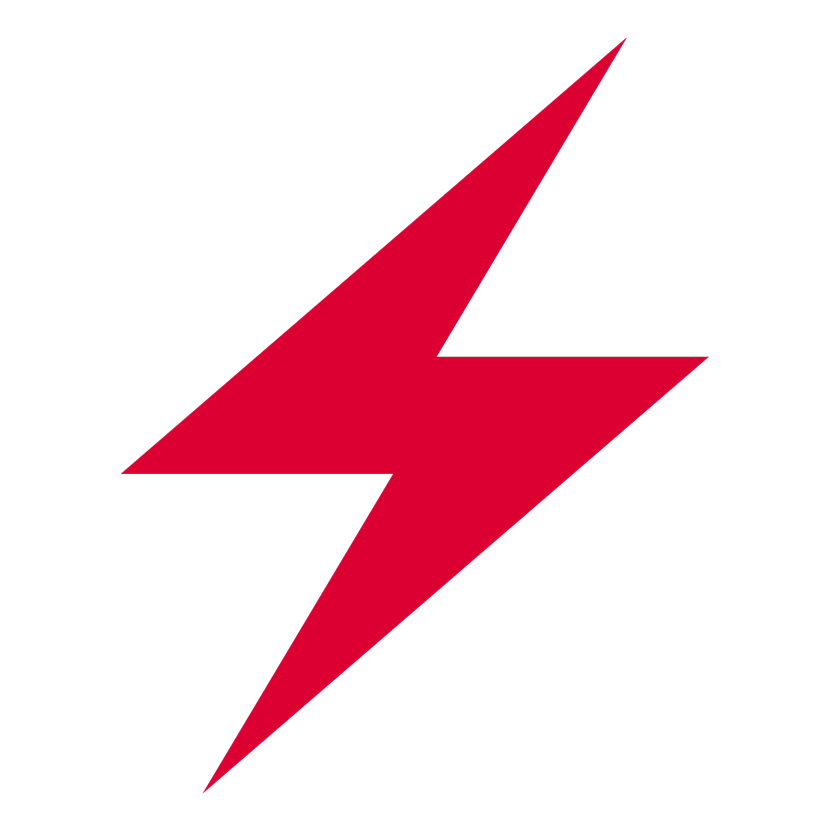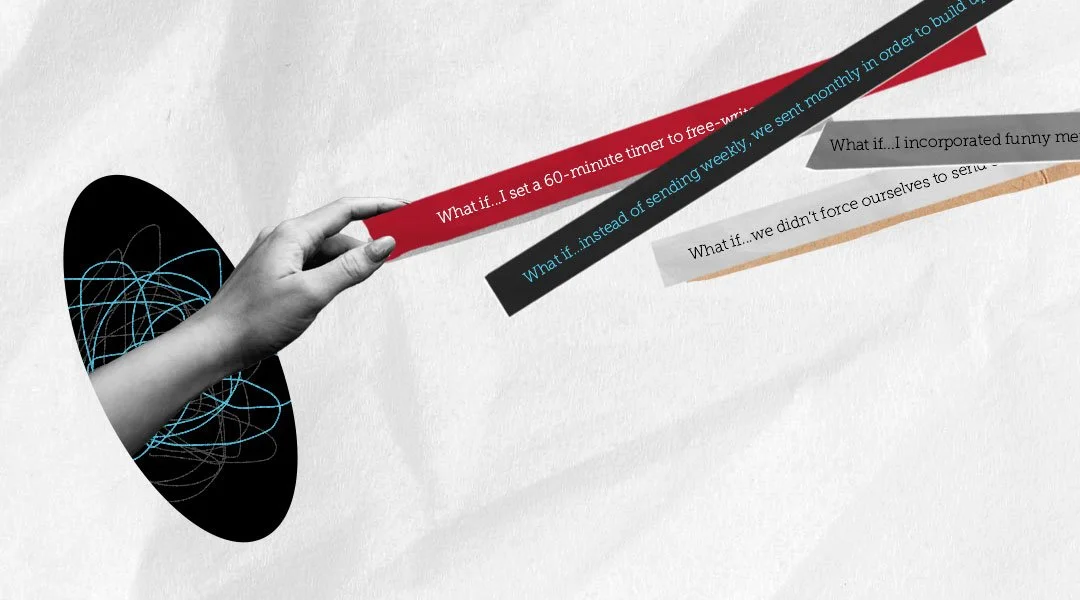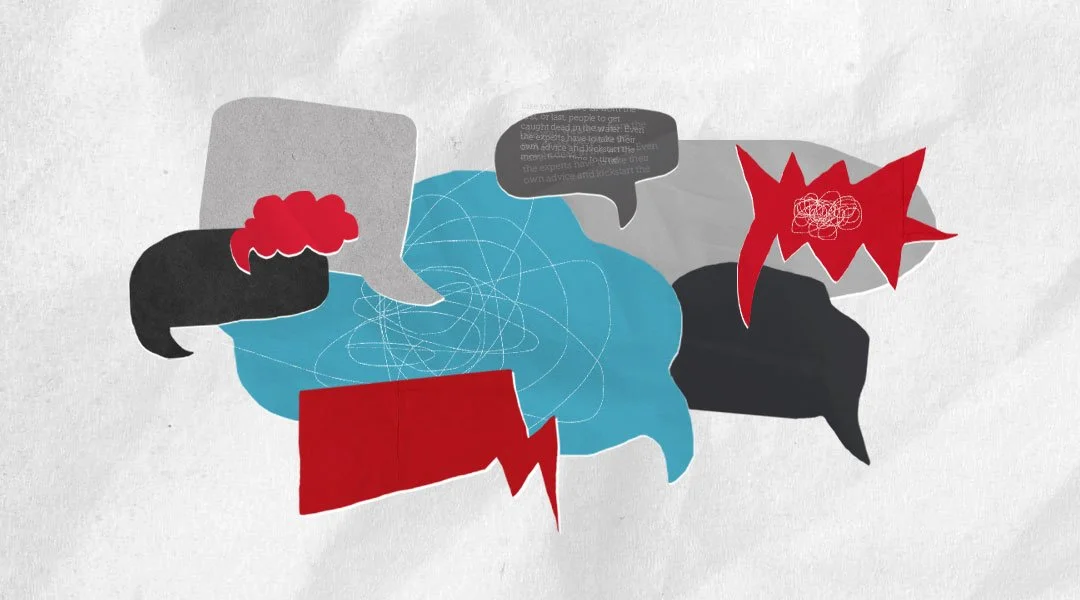Newsletters are for the Birds
Creating Purpose in Writing for Business
Writing newsletters can really suck. We’ve all been there.
Heck, I’m feeling some of that pain right now.
Writer’s block. Analysis paralysis. Pure lack of motivation. The list goes on.
Is there a way to actually enjoy writing for work? For it to be a fun, creative outlet AND a functional business tool?
I found my inspiration from something called “Toucan Talks.” Strange Bird’s Anna Hetzel launched their first-ever talk - a live, interactive webinar - with encouragement to reflect on our own copywriting and newsletter tactics.
They showed us ways to not hate writing email newsletters and how to start writing for you and your list.
The goal is to get you “unstuck” in your process. Interpret this advice however it applies to your goals. We all have differing audiences, strategies, and purposes.
First, be real.
The first part of the battle is giving them a reason to open your emails, every time.
Remember that anyone with a soul appreciates a sense of humanity, honesty, and genuineness.
Not everything you put out has to be uber-complex and carefully crafted. It’s okay to have fun with your writing.
If you (and especially the brand) have a light heart, you’ve got permission to be a little goofier every now and then! Your audience will have a much easier time relating to you and feeling a truer connection with what you have to say.
By softening your edges, your audience is more likely to remember you and your offering, and want to reach out and connect with you (opposed to quickly deleting your message before it’s even opened).
Your audience will respect an authentic, engaging tone over a way-too-serious, try-hard attitude.
Second, find your painless entry.
What-if this was easy? Sounds too good to be true.
It’s all too common to struggle with where to even begin, above all else.
Fallen behind and lost consistency? Been there. Done that.
I found a relief valve in one of the Toucan Talks’ main points. Getting past this hump can be as formulaic as asking yourself some “what-if?” questions and setting some constraints to make the process easier on yourself.
Start by asking, “What-if…
I set a 60-minute timer to free-write and see what happens?
we didn’t force ourselves to send out our email newsletter at the exact same time every week/month/etc?
instead of sending weekly, we sent monthly in order to build up a collection of better content for our audience?
I incorporated funny memes/gifs/videos to add a playful edge?
These are starting points, tailor them to you and your brand.
Toy around with different writing parameters. Setting new constraints or trying out new ideas can really help push us all over some of the common writing hurdles.
Think about it like an experiment. Use the “what-if” questions as your different variables, holding certain things constant and playing around with other aspects.
Folks tasked with creating content for more “serious” brands may be taken aback by the advice to be more playful, goofier, less restricted. Be reserved, that’s what you do best, but absolutely don’t be scared.
Just because you’re going to start having more fun with your writing doesn’t mean going off the deep-end, completely willy-nilly.
It’s still important to know your focus, and use your new found playfulness with purpose.
Third, talk to yourself.
Seriously, it’s going to make this whole process a lot easier.
Like you, we are far from the first, or last, people to get caught dead in the water. Even the experts have to take their own advice and kickstart the motor from time to time.
Clear your space, take a deep breath, and think about what you are about to communicate in the first place.
Is it relevant?
Is it interesting?
Is it valuable?
This is the currency you’re giving your readers. Does it have enough value for them to take it to the bank?
Relevant - does the newsletter somehow directly relate to something your audience is involved with or something they care about? I
Interesting - Is it entertaining and/or delightful to the reader?
Valuable - does it provide the reader with something they would find (actually) useful or important?
Without these three key aspects, your newsletter may lose focus, and your readership may feel disengaged and/or bored, which is a lose-lose situation.
This isn’t about what you think checks those boxes, but actually step into their shoes and read with a new perspective.
“When product updates are sandwiched between blog posts and random promotional offers, your newsletter loses its focus.” \ Sandra Chung, Head of Content at Mention
Breathe and Believe
There’s no doubt email newsletters can, and should, be a very powerful tool for you and your business.
So, while you’re shifting to the fun side, you can still keep them purpose-driven and use them as a key business strategy.
It’s all about balance!
Even if you can move from hating to just loathing creating content to send to your list, you’re in the right direction. Baby steps are still good steps.
We believe if you take the time to reframe the way you think about writing you might start actually enjoying it, and your customers will enjoy hearing from you too.


